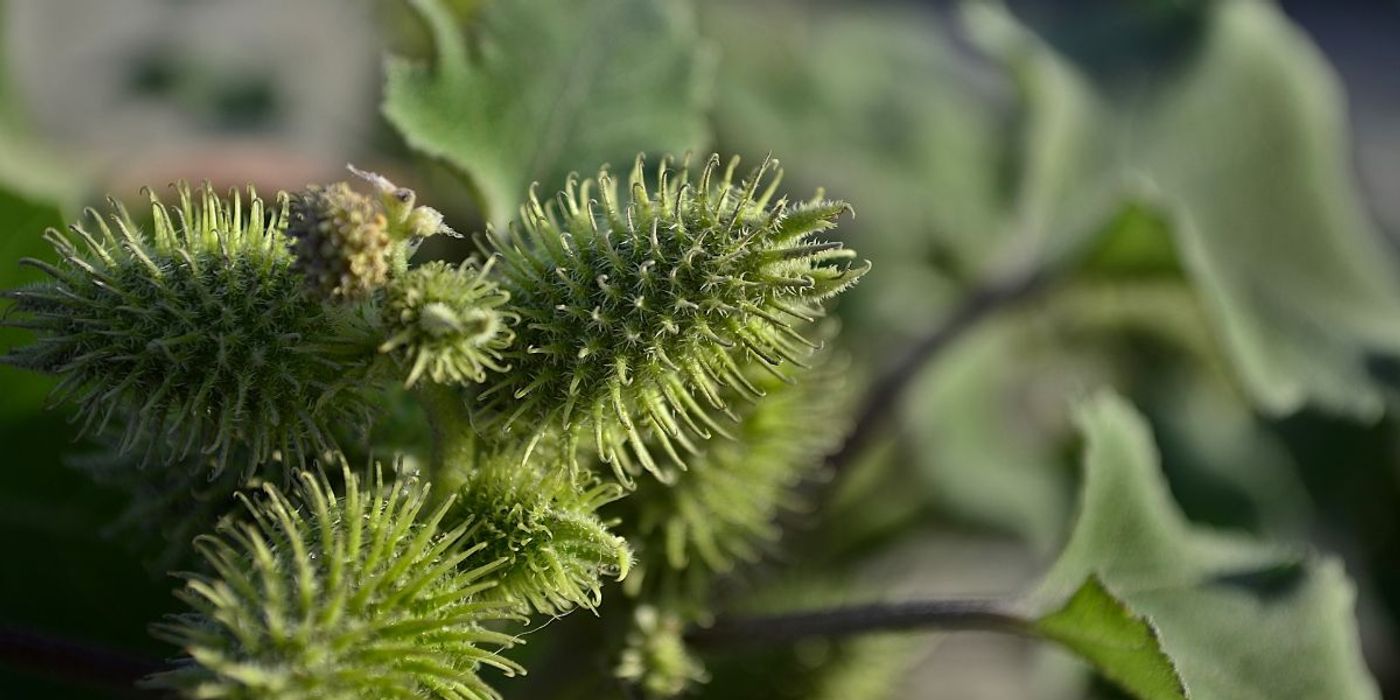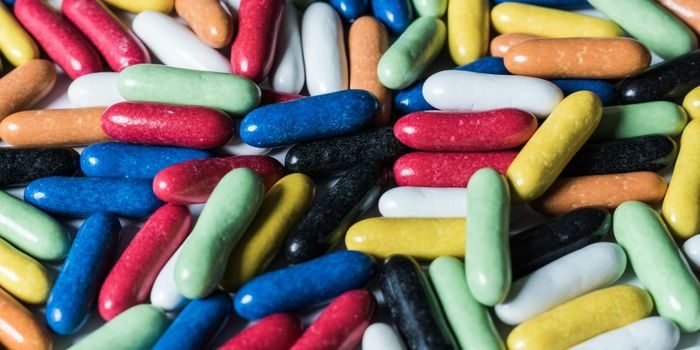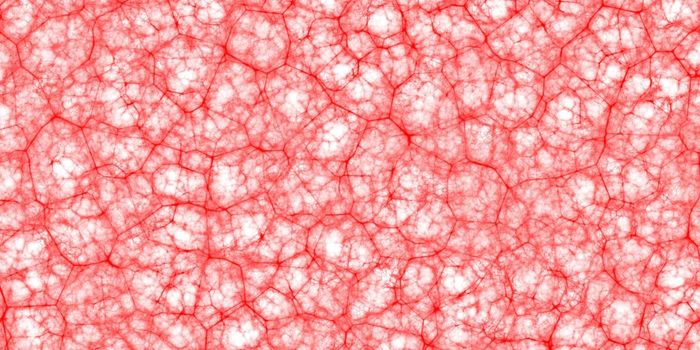Common Weed Extract Promotes Wound Healing, Boosts Collagen Production
Compounds from a common weed may prevent UVB damage, accelerate wound healing and boost collagen production. The corresponding study was presented at Discover BMB — the annual meeting of the American Society for Biochemistry and Molecular Biology in Seattle, WA.
The cocklebur plant is a weed native to Southern Europe, Central Asia, and China, although it can also be found in places such as the US. It has been used in traditional medicines for conditions including headaches, stuffy nose, skin pigmentation problems, tuberculosis-related diseases, and rheumatoid arthritis for centuries. In recent years, scientists have also been investigating its potential to treat cancer.
In the present study, researchers set out to examine its potential as a skin-protectant and wound-healing agent. To do so, they first studied the molecular properties of its fruit extracts, and isolated certain compounds that contribute to antioxidant and anti-inflammatory effects.
They then used cell cultures and a 3D tissue model with properties similar to human skin to study how the compounds affect collagen production, wound healing, and damage from UVB radiation.
They found that the fruit extracts increased the production and degradation of collagen and accelerated wound healing. However, while at lower doses it had a protective effect against UVB radiation, at the highest tested dose, it impaired cell response to UVB.
“In its burrs, cocklebur fruit also has a toxic constituent, carboxyatractyloside, which can damage the liver,” said Eunsu Song, a doctoral candidate at Myongji University in South Korea, one of the study’s authors, in a press release.
“Cocklebur showed a potential as a cosmetic agent by increasing collagen synthesis; however, it showed negative results with higher concentrations. Therefore, finding the proper concentration seems very important and would be key to commercializing cocklebur fruit extracts in cosmetics.”
In future studies, the researchers plan on studying the underlying mechanisms behind cocklebur’s effects on skin. They also intend to conduct experiments on animal models to determine how to use cocklebur fruit extracts in cosmetics safely
Sources: SciTechDaily, Medical News Today









